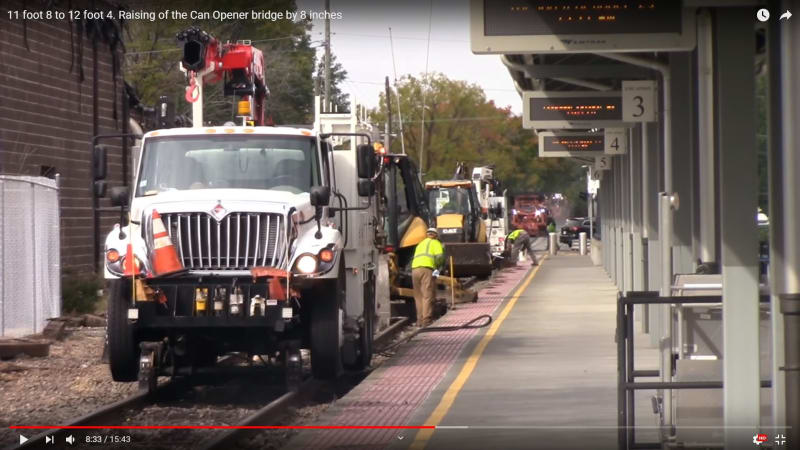"The Flying Scotsman was a named passenger train service from London Paddington to Exeter St Davids. It ran from 1849 until 1892, originally over the Great Western Railway (GWR) and then the Bristol and Exeter Railway."
I see that they named an engine for that line.
From the fan page: "By 1924, when it was selected to appear at the British Empire Exhibition in London, the loco had been renumbered 4472 – and been given the name ‘Flying Scotsman’ after the London to Edinburgh rail service which started daily at 10am in 1862."
So while there is support for each side, the service had the name for 62 previous years, the locomotive isn't all that heavy and doesn't apply a near point load. If it takes a massive bridge to hold it, that's a commentary on low strength bridge building materials rather than the size of the engine.
It's quite small. At just over 30,000 lbf tractive effort; is dwarfed by the UP Big Boy series at 135,000 pounds of which 25 were produced, built just 17 years later.


